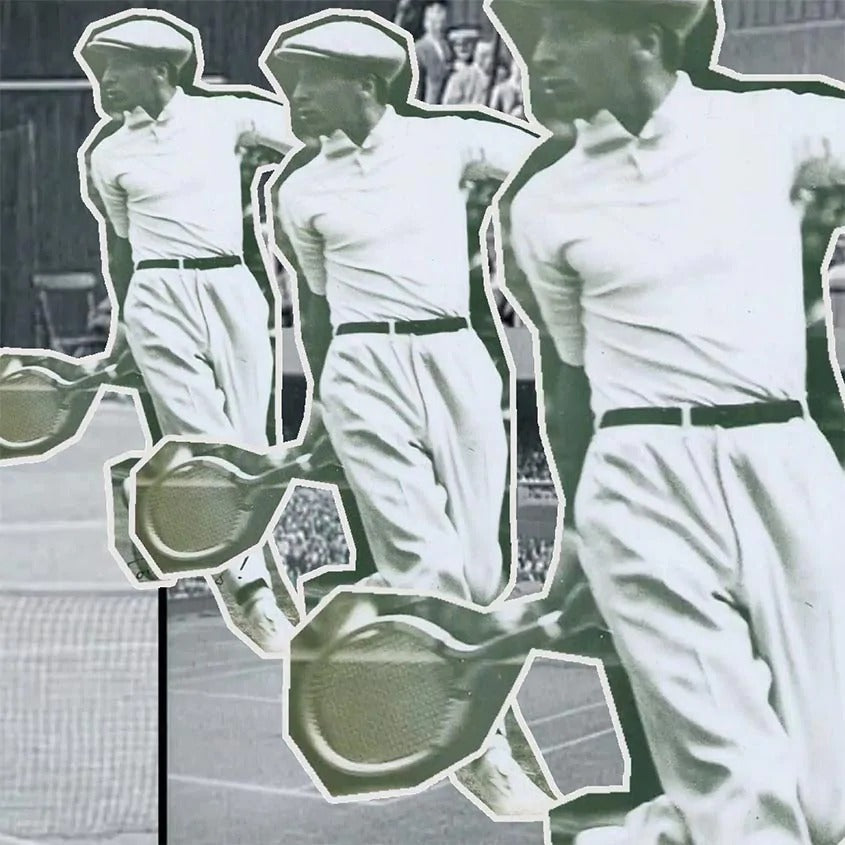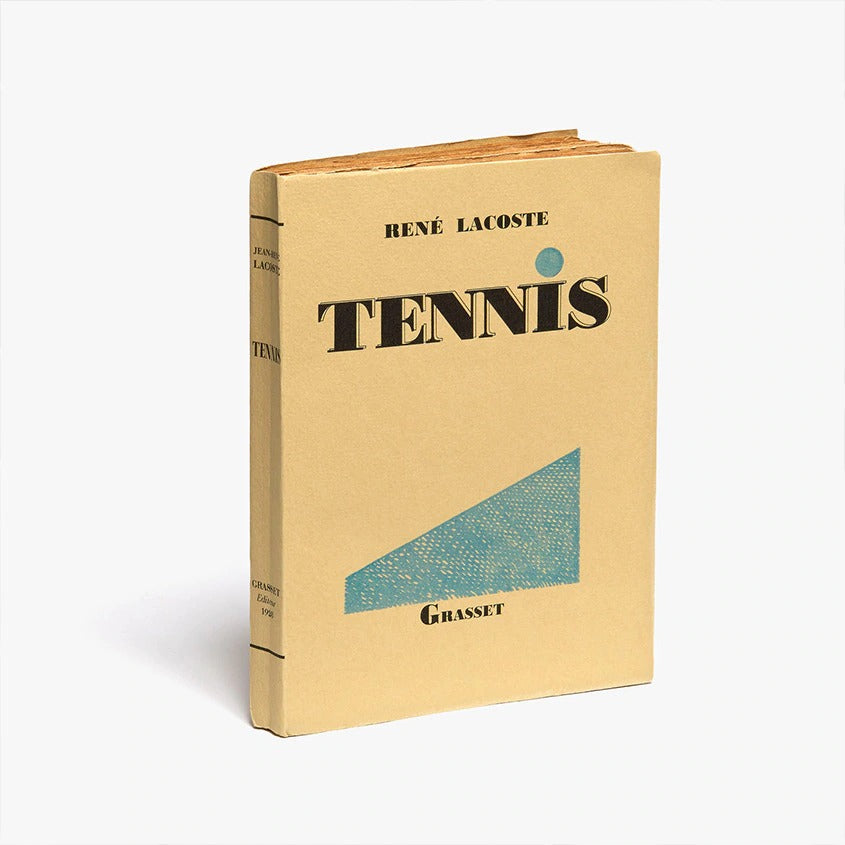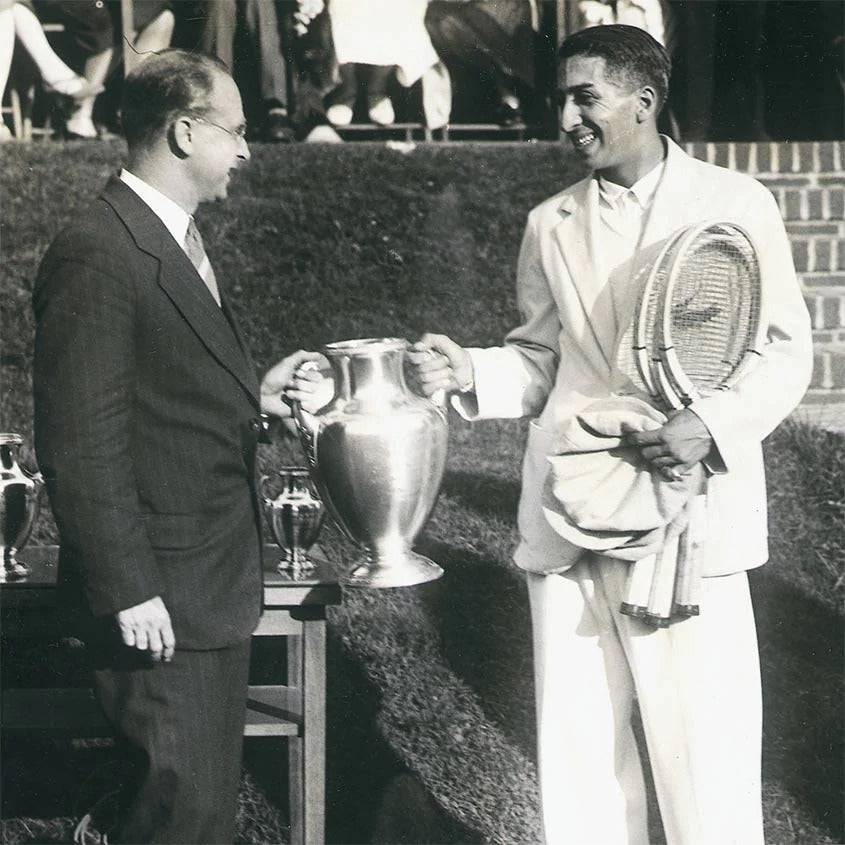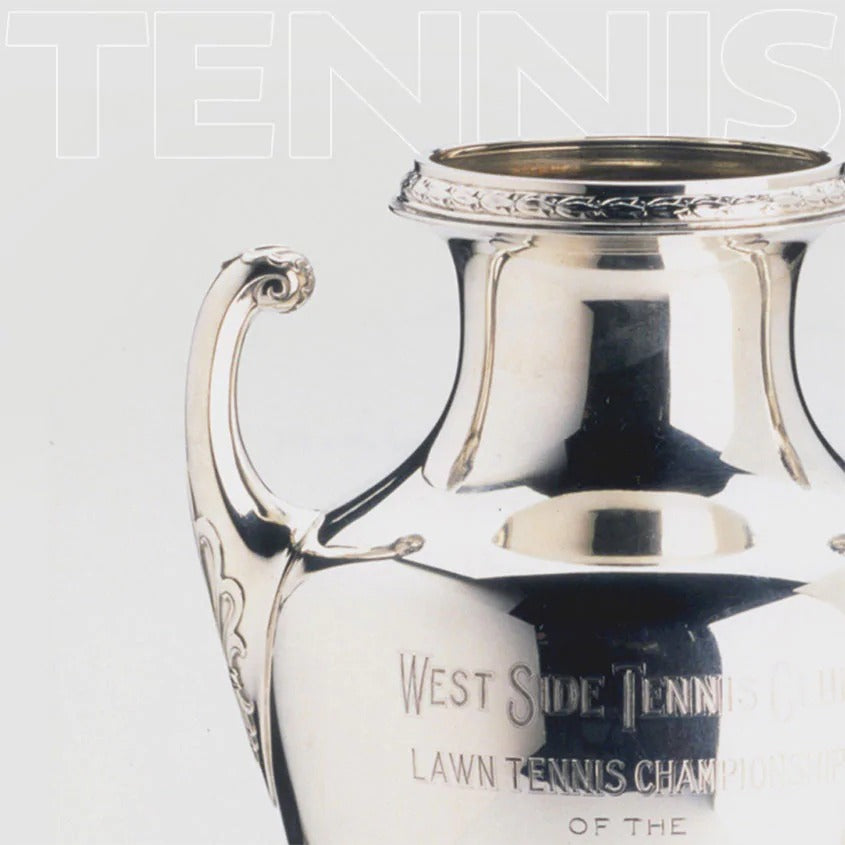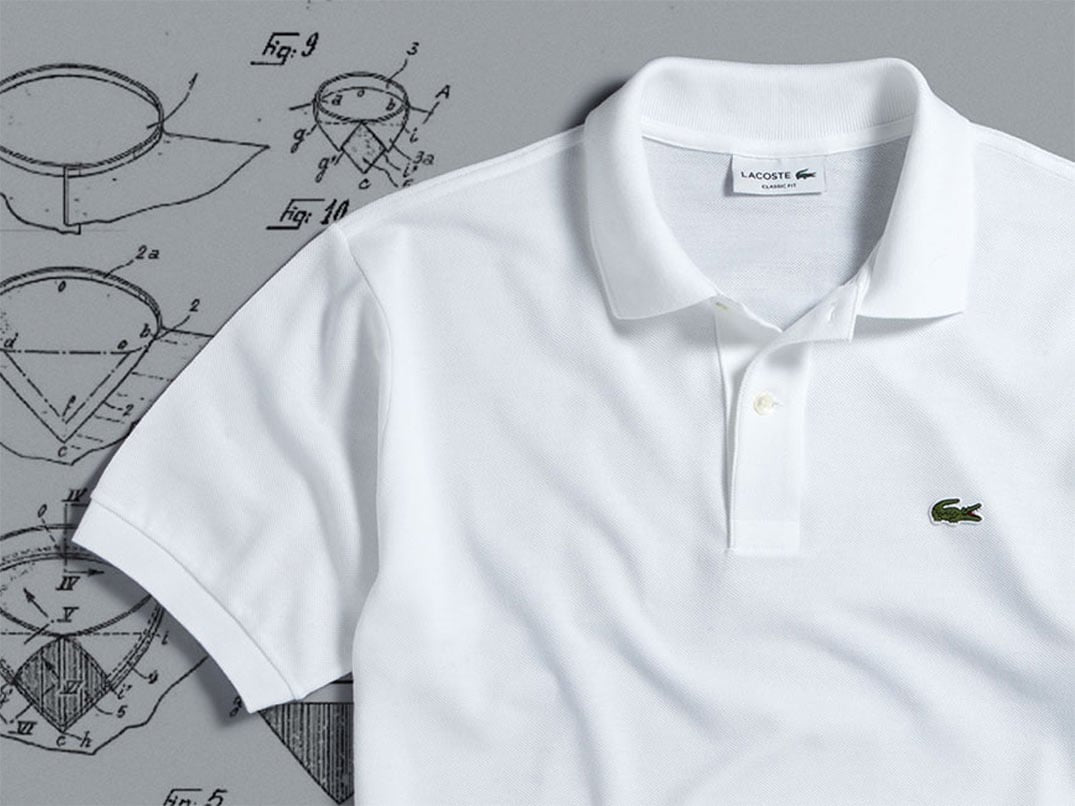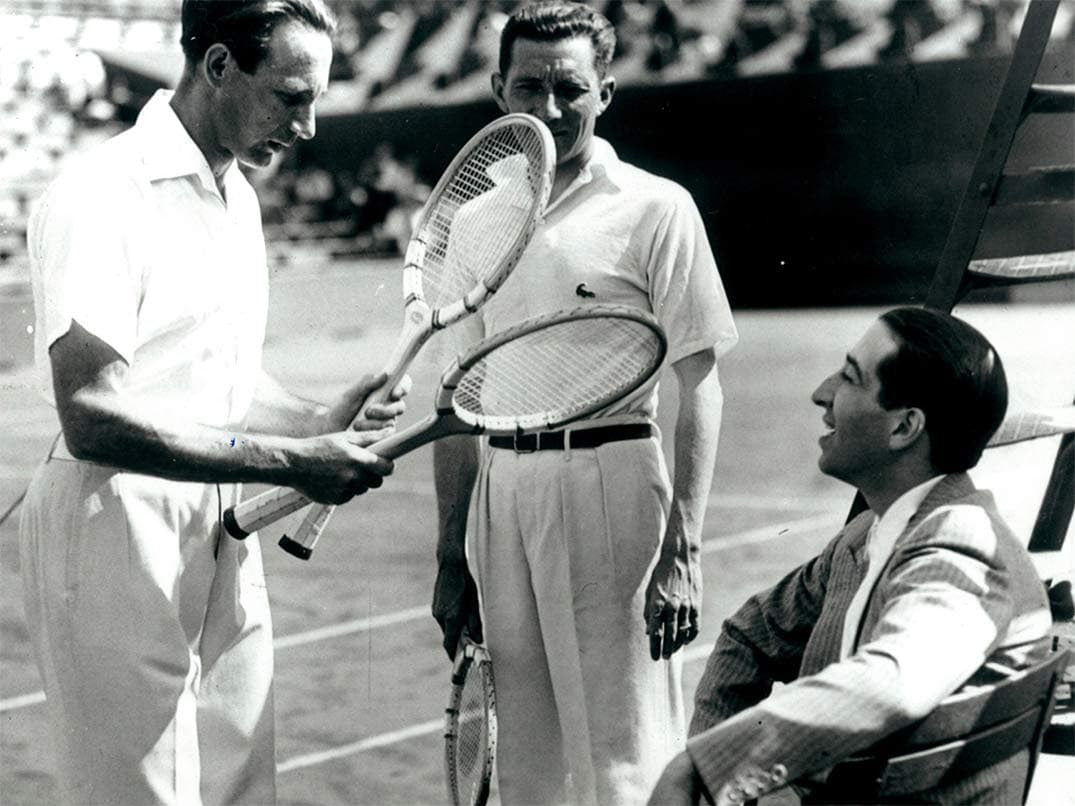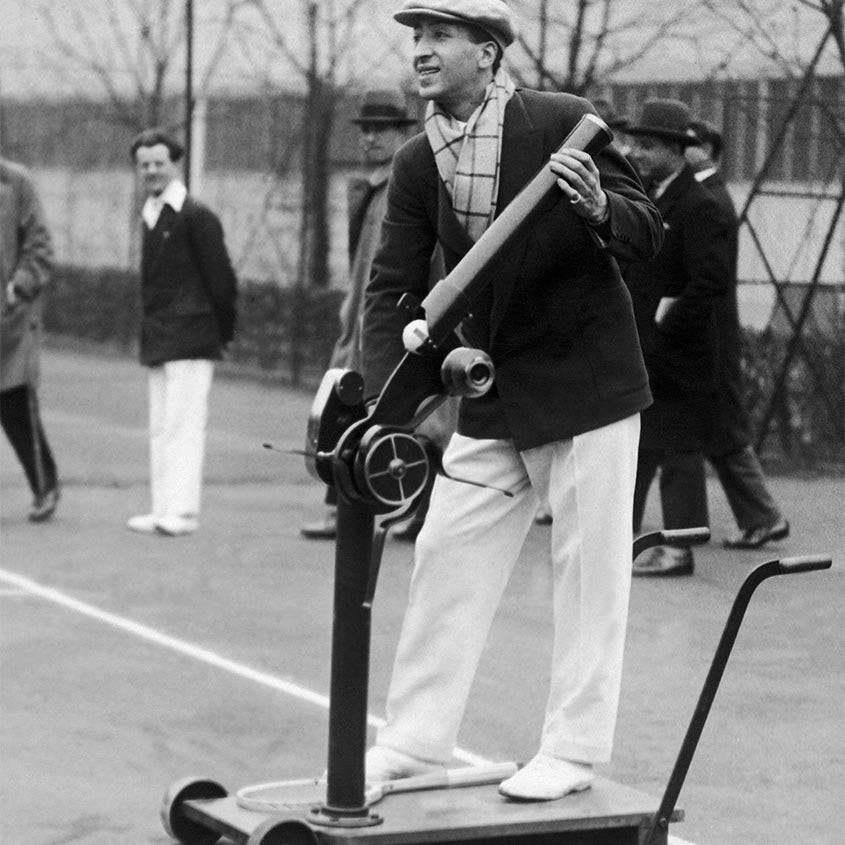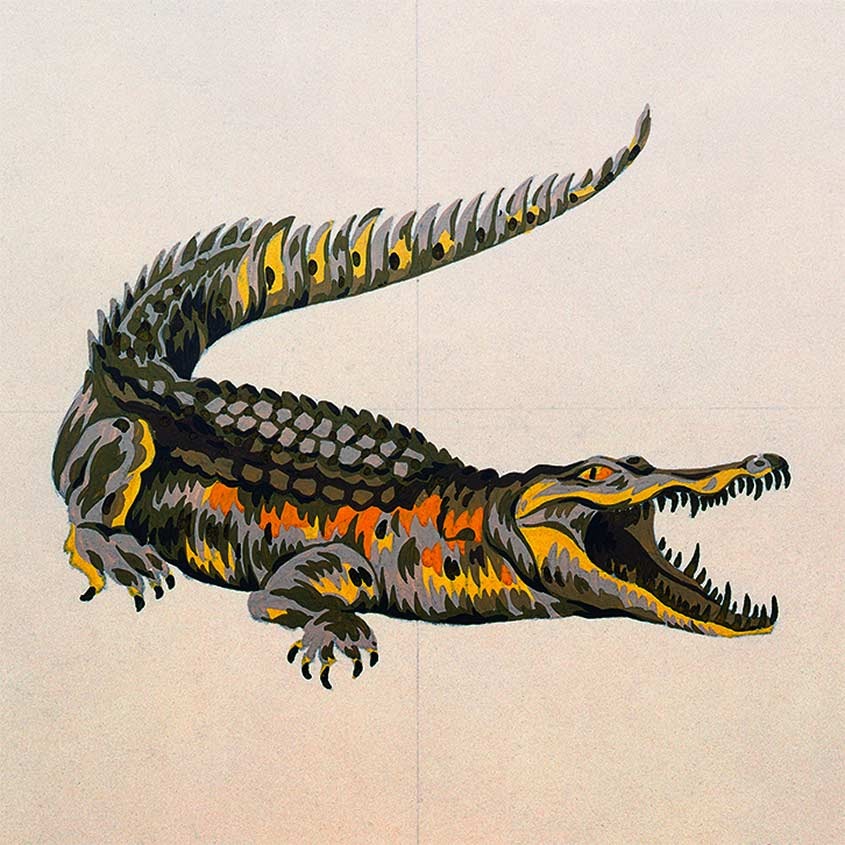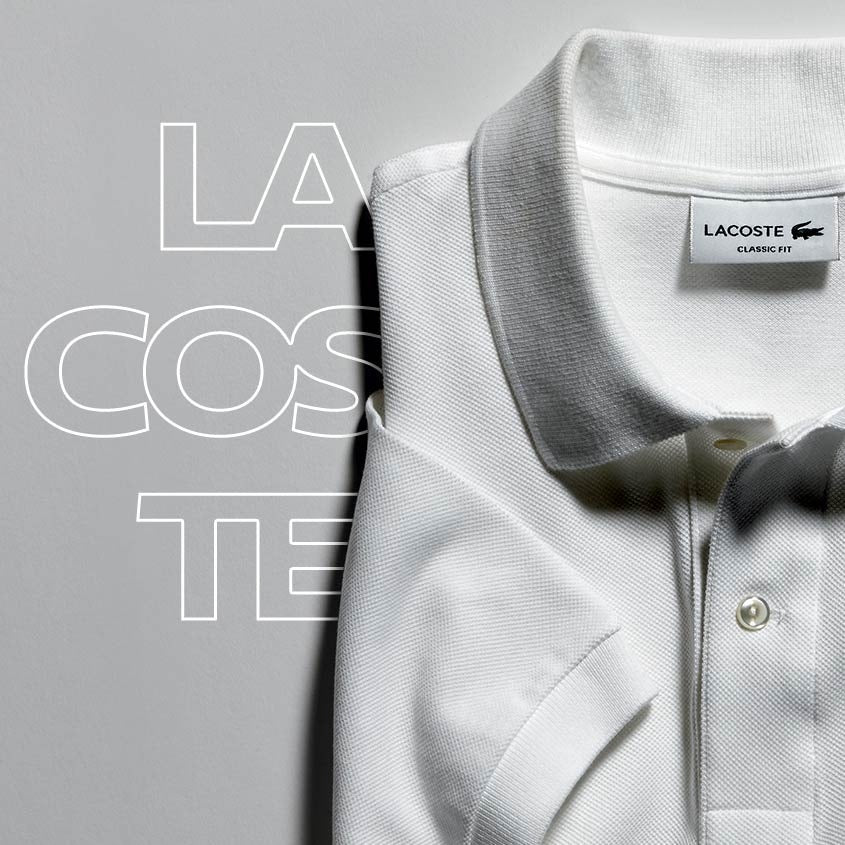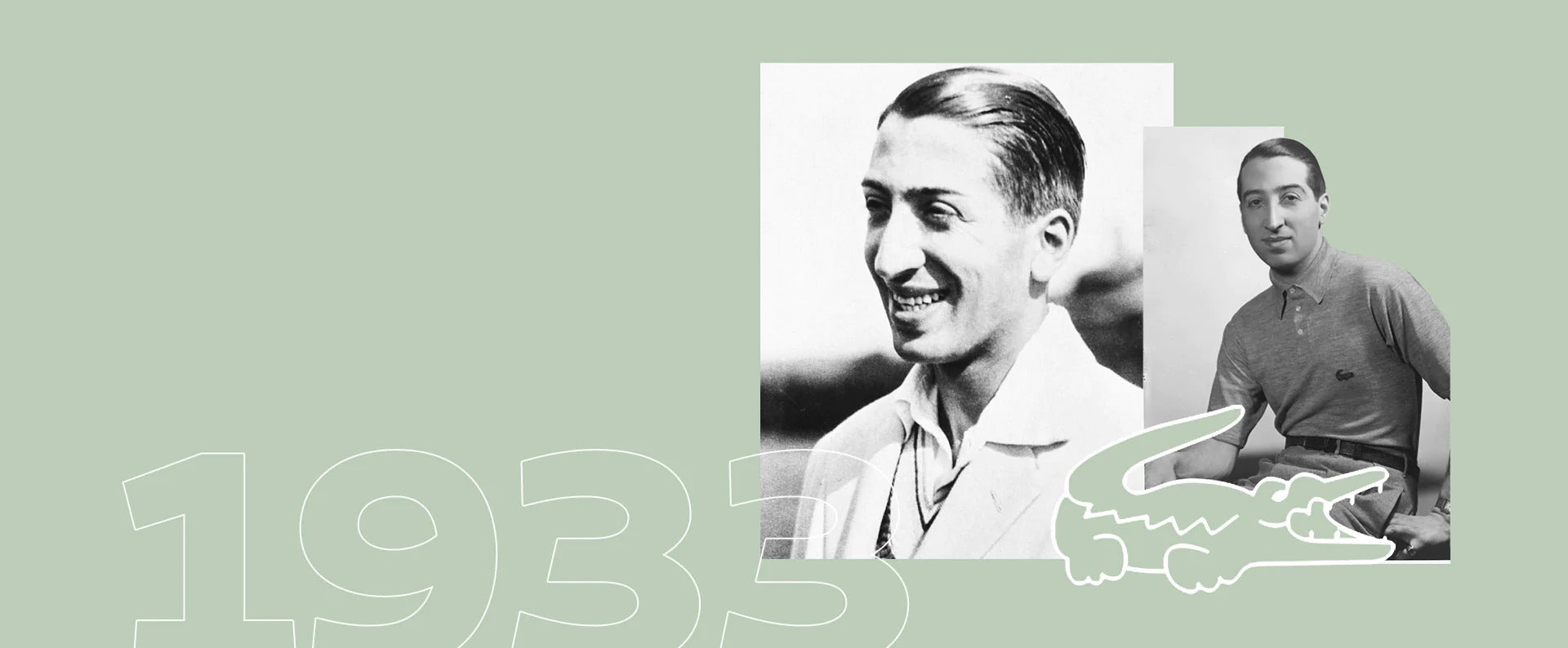
Determined Champion
How René Lacoste followed his dream and forged his career.
Will of Steel
René Lacoste was not predestined for a sporting career. Yet aged 18, he made the crucial decision to focus entirely on his passion for tennis, training tirelessly to hone his strength, precision and concentration. Willing himself to be “as perfect as possible”. Never defeated, he transformed every loss into a win for his technique. An approach that proved effective: he won seven major singles tournaments, and played on the French team who took the Davis Cup in 1927 and 1928.
Foolproof Technique
René Lacoste's unflagging determination served his winning technique: study the game and his opponents to better exhaust and beat them. Hit the ball, push back whatever happens, perfect the smash with a tensed, bent arm. A perfectionist, he noted down his every move, which led to his 1928 book, Tennis. A veritable handbook for victory.
The creator of the polo
How René Lacoste revolutionized fashion and the tennis lifestyle in the 1920s.
Stroke of Genius
Before Lacoste, tennis meant long-sleeve shirts, pleated trousers and belted waists. René Lacoste put comfort front and centre; early on he understood the need for clothing adapted to the task. Defying conventions, he shortened the sleeves of a typical tennis shirt to create the first comfortable polo. For the first time designs were embroidered with a signature crocodile, making them instantly recognizable.
The Start of the Sporting Lifestyle
Soon, René Lacoste was dressing friends and family in the polo shirt during international matches. Well ahead of his time, he designed the modern wardrobe: light, adaptable and highly desirable. The Lacoste fundamentals were firmly established.
The astute inventor
How René Lacoste brought his ideas vividly to life.
The man behind the metal racket
His mantra? Never give up. René Lacoste had a million ideas to improve his game and make practice more comfortable – and it’s these that made him such a unique player. From the start, he sculpted the handle of his racket and covered it with surgical tape to get a better grip. Then he came up with a lighter and easier to handle racket: the metal racket.
The restless inventor
The more he practiced, the more his ideas sparked. He continued to innovate, filing more than thirty patents over his lifetime. Among his famous inventions: a machine that fires tennis balls with calibrated force to help a player practice alone. Inventions that improved his game as well as that of all the generations of tennis players that followed.
